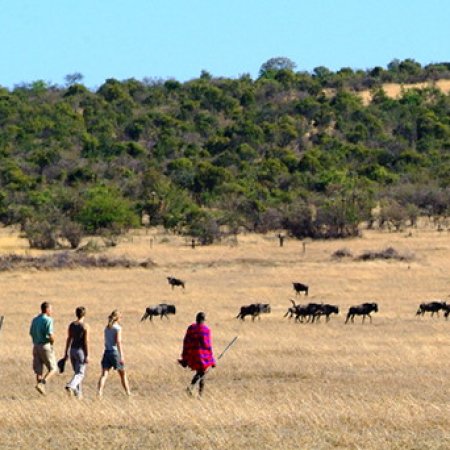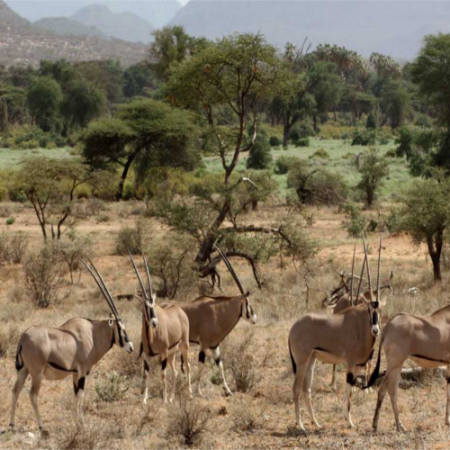DISCOVER THE MAGIC OF LAKE NAKURU NATIONAL PARK In 2025: COMPLETE GUIDE
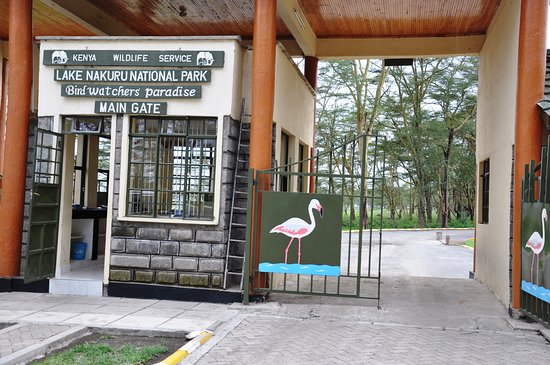
Just a short drive from Nairobi lies one of Kenya’s most spectacular natural treasures, Lake Nakuru National Park. Nestled on the floor of the Great Rift Valley, this breathtaking park is a haven of diversity, offering everything from sweeping landscapes to rare and exotic wildlife. With its shimmering alkaline lake, expansive bushy grasslands, and acacia woodlands, Lake Nakuru is a visual masterpiece, from thousands of flamingos painting the shoreline pink to sanctuaries for the endangered Rothschild’s giraffe and both black and white rhinos, the park promises unforgettable encounters.
Keep your eyes peeled for big cats too; lion, leopard, and cheetah all call this park home. Whether you’re a birdwatcher, a photography enthusiast, or a first-time safari-goer, Lake Nakuru delivers a truly rewarding game-viewing experience.
Top Attractions in Lake Nakuru National Park
Flamingos & Birdlife
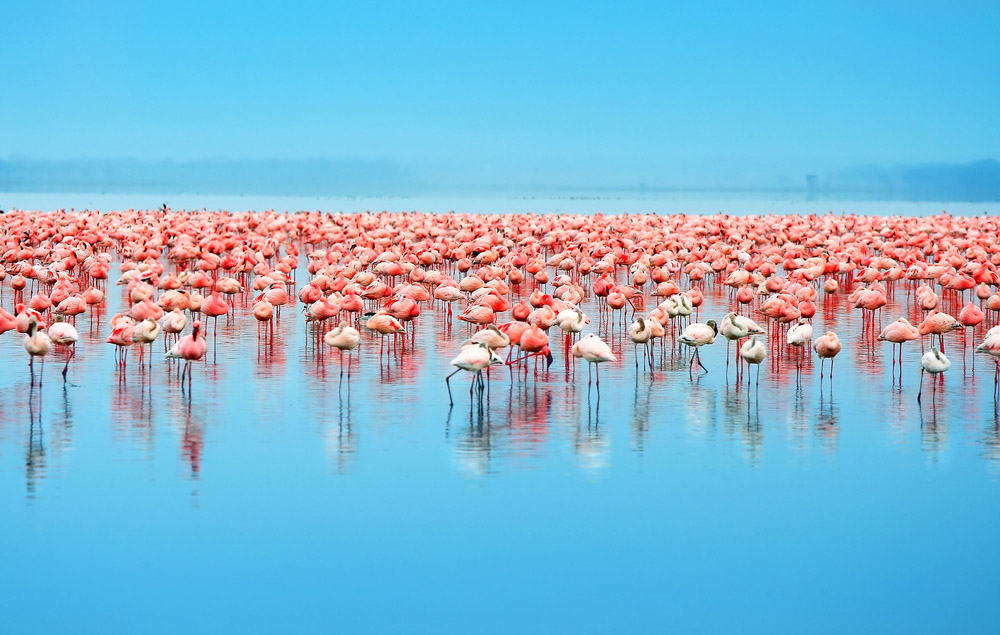
Lake Nakuru is world-famous for its vast gatherings of flamingos whose vibrant pink hues result from feeding on lakes algae and insects’ larvae. The park is also home to over 400 bird species, including pelicans, African fish eagles, Goliath herons, kingfishers, storks, and the grey-crowned cranes famously known as “Uganda cranes”
Rhino Sanctuary
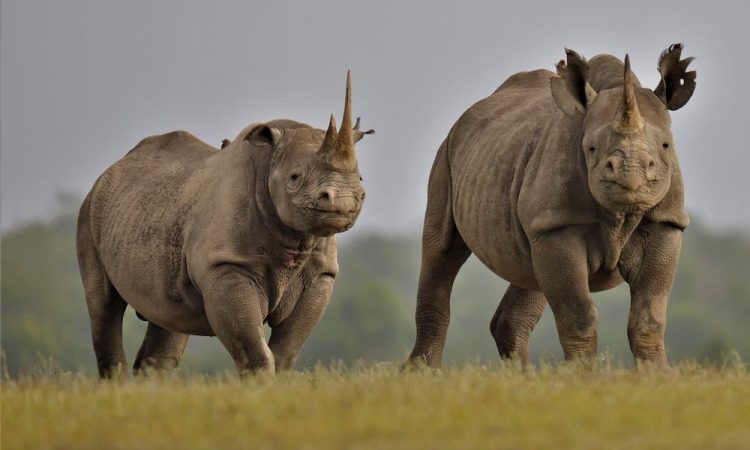
Established as Kenya’s first dedicated rhino sanctuary, Lake Nakuru National Park plays a vital role in the conservation of both black and white rhinos. The park provides a secure and closely monitored environment where these endangered species can thrive, protected from poaching and habitat loss. Today, the sanctuary is home to approximately 100 rhinos—both black and white—making it one of the most important strongholds for rhino conservation in the country.
Rothschild’s Giraffes
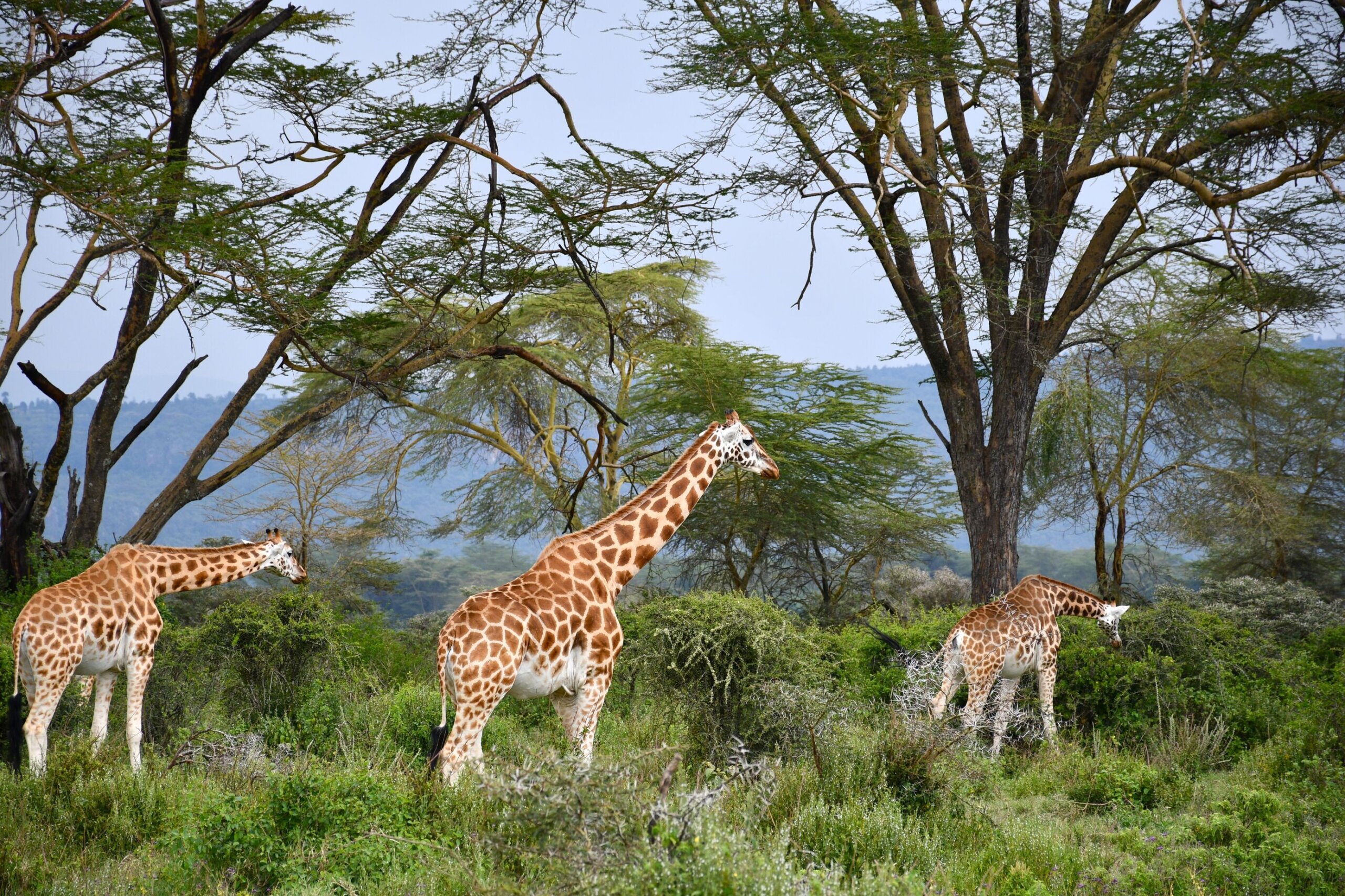
The park is also a key sanctuary for the endangered Rothschild’s giraffe, one of the rarest giraffe subspecies. Thanks to successful conservation efforts, these distinctive giraffes, with their pale coats and lack of markings on the lower legs are now easily spotted browsing in the park’s scenic acacia woodlands, where they roam freely in a protected and thriving habitat.
Spectacular Viewpoints

Baboon Cliff offers breathtaking panoramic views of Lake Nakuru, ideal for catching flocks of flamingos and wildlife below. Other scenic vantage points include Lion Hill, Out of Africa Viewpoint, and Nakuru Hill, offering dramatic views of the Rift Valley and wildlife
Makalia Falls & Picnic Spots
Makalia Falls, located in the park’s southern end, provides a serene hiking and picnic experience, especially during the rainy season with its cascading waters.
Wildlife Viewing & Game Drives

Through Games drives, one can witness A diverse range of wildlife roaming the park, including lions, leopards, buffaloes, zebras, impalas, gazelles, warthogs, waterbucks, hyenas, and hippos. For close encounter game drives, visiting waterholes will increase the chances of seeing this animals. Night safaris provide unique opportunities to observe nocturnal species like leopards and hyenas
Botanical Diversity & Scenery
The park is home to over 575 vascular plant species, including fever trees, Euphorbia candelabrum, aloes, and natives like proteas and wildflowers (vivid during the rainy season). Rugged escarpments, gentle ridges, and acacia woodlands create a dramatic geological landscape ideal for photography and exploration.
Hyrax Hill Prehistoric Site (Nearby Cultural Visit)
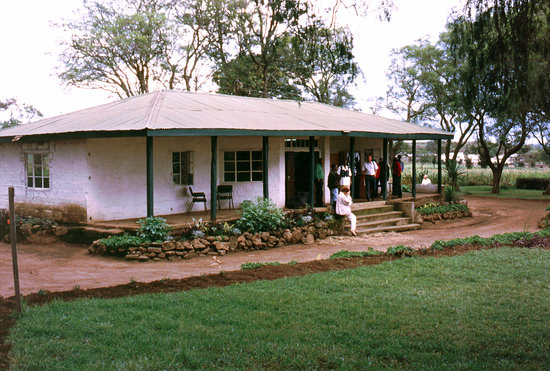
Hyrax Hill Prehistoric Site and Museum offers archaeological insights with artifacts, Neolithic and Iron Age remains, and panoramic views of the surrounding Rift Valley.
BEST TIME TO VIST LAKE NAKURU NATIONAL PARK
The best time to visit Lake Nakuru National Park is during the dry seasons, which runs from June to September and again from January to February. During these months, the weather is mostly sunny with minimal rainfall, making it ideal for game viewing, photography, and access to the park’s roads and viewpoints. Wildlife is easier to spot as animals gather around water sources, and the famous flamingos are usually present in large numbers along the lake’s shores, depending on water levels. The wet seasons, from March to May and October to December, bring lush green landscapes and excellent birdwatching opportunities but also cause some roads to become muddy or impassable. These months tend to have fewer tourists, which can be appealing for travelers seeking a quieter experience. However, the best overall period for clear wildlife sightings and comfortable conditions remains the dry months of June to September.
Lake Nakuru National Park offers adventure, beauty, and conservation all in one. At Crosswild safaris, we help you explore this remarkable destination to your maximum satisfaction. Book with us now.

